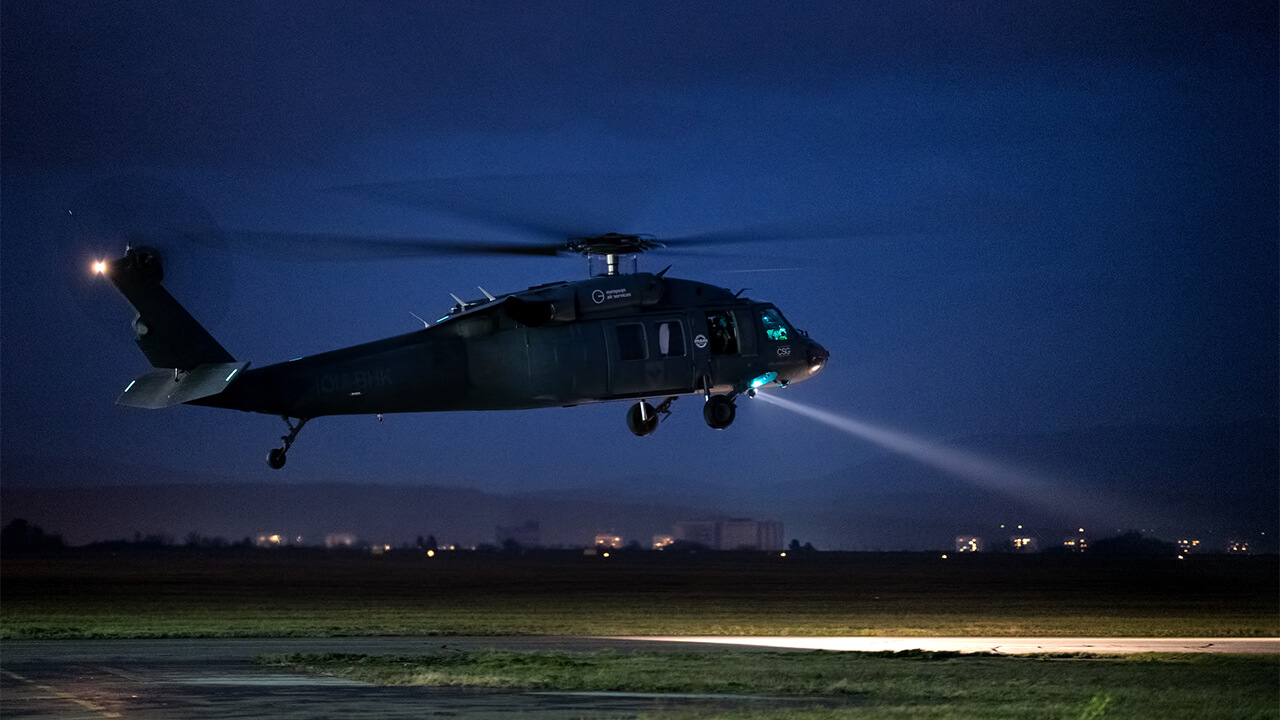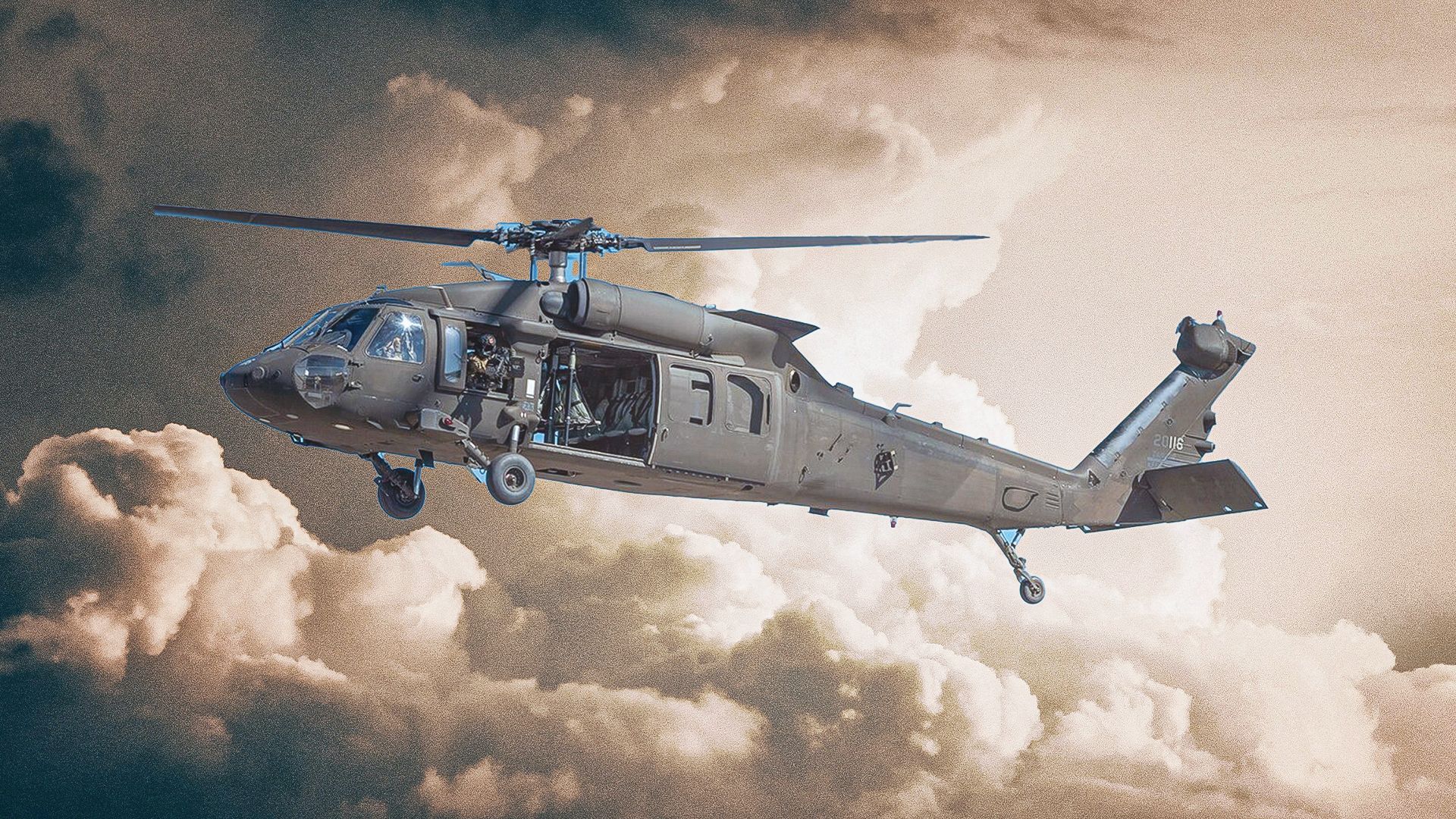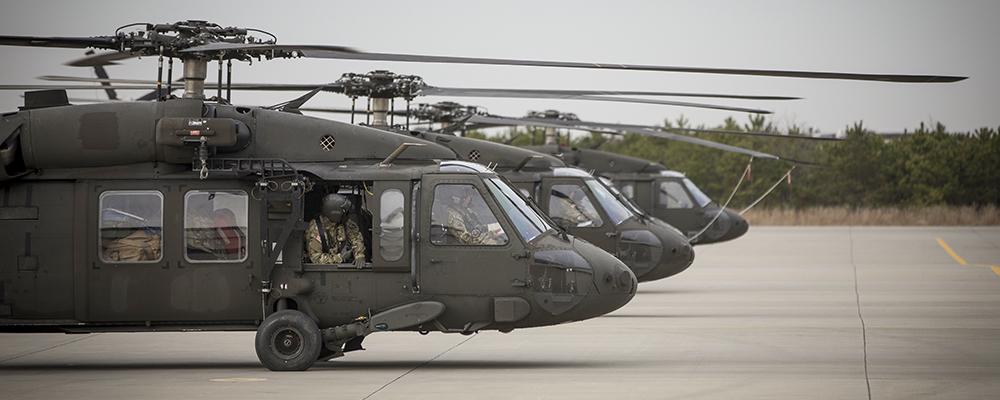UH 60 Black Hawk: A Close Look at Its Engineering, Performance, and Tactical Uses
UH 60 Black Hawk: A Close Look at Its Engineering, Performance, and Tactical Uses
Blog Article
Exploring the History and Advancement of the UH 60 Helicopter

Origins of the UH-60
The beginnings of the UH-60 helicopter can be traced back to the late 1960s, a period noted by the demand for a functional utility aircraft that might adjust to the developing demands of modern warfare. The U.S. Military identified the requirement for a substitute for the older UH-1 Iroquois, which was coming to be significantly inadequate for the intricacies of contemporary fight scenarios. In 1967, the Army initiated the Energy Tactical Transportation Airplane System (UTTAS) program, which looked for to create a multi-role helicopter efficient in different goals, including troop transportation, clinical emptying, and logistical assistance.
The design competitors drew in several aerospace manufacturers, yet it was Sikorsky Airplane Firm that ultimately safeguarded the contract in 1972. The UH-60 Black Hawk was presented, showcasing innovative layout components and advanced technology that established it besides its predecessors. Its maiden trip took place in 1974, and the airplane was officially adopted by the Military in 1979. The UH-60 swiftly got acknowledgment for its robust efficiency, reliability, and versatility, paving the method for its extensive usage in army operations and solidifying its condition as a foundation of U.S. Army aviation.
Trick Design Functions
Ingenious layout features of the UH-60 Black Hawk substantially add to its functional performance. One of one of the most notable facets is its twin-engine setup, which boosts dependability and provides a higher power-to-weight ratio, allowing the helicopter to do under different conditions. The aircraft's four-blade main rotor system offers improved lift and ability to move, essential for tactical missions.

Furthermore, the cabin is developed for optimum exposure and functional designs, featuring innovative avionics that improve pilot procedures. The modular design of the UH-60 enables simple maintenance and versatility, making it appropriate for various objective accounts, from army transportation to medevac procedures. These vital style features guarantee that the UH-60 Black Hawk continues to be a trustworthy and functional possession in military air travel, qualified of satisfying the demands of modern war.
Technical Innovations
Recent technical improvements in the UH-60 Black Hawk have considerably improved its operational capabilities and versatility. The integration of sophisticated avionics, such as electronic flight control systems and enhanced situational understanding screens, allows pilots to run with enhanced accuracy and effectiveness. These systems assist in enhanced navigation, interaction, imp source and data sharing, enabling the helicopter to work successfully in varied environments.
Furthermore, the introduction of composite products has reduced the total weight of the aircraft while keeping structural stability. This decrease improves gas efficiency and prolongs functional variety. The unification of sophisticated blades modern technology, consisting of using four-blade, completely articulated rotor systems, has actually boosted lift performance and ability to move, enabling far better handling in different flight conditions.

Furthermore, innovations in propulsion systems, such as the T700-GE-701D engines, have raised power output and reliability - uh 60. These engines add to exceptional performance in hot-weather and high-altitude conditions
Lastly, the assimilation of self-defense systems and enhanced sensor plans boosts the Black Hawk's survivability and mission effectiveness. Jointly, these technological renovations ensure that the UH-60 Black Hawk remains a crucial possession in contemporary aviation, with the ability of adapting to the developing demands of humanitarian and army goals.
Duty in Armed Force Operations
As the backbone of U.S. Military aeronautics, the UH-60 helicopter plays a critical role in numerous armed forces procedures, acting as a functional platform for fight assistance, transport, and medevac goals - uh 60. Its design includes the capability to operate in diverse environments, making it crucial for army motion and logistical assistance in both unusual and standard warfare

In clinical discharge circumstances, the UH-60 has actually shown invaluable, considerably lowering the time to transfer injured soldiers from the battlefield to clinical facilities. Its advanced avionics and night vision capabilities additionally guarantee goal success under tough conditions. Overall, the UH-60 helicopter stays a vital asset, constantly adjusting to fulfill the evolving demands of armed forces procedures and enhancing the efficiency of united state forces worldwide.
Future of the UH-60
Looking in advance, the future of the UH-60 helicopter includes considerable developments in modern technology and capabilities designed to improve its functional performance. As armed forces procedures progress, the UH-60 is anticipated to include innovative innovations, including enhanced avionics, improved tools systems, and progressed communication tools. These enhancements will certainly enable for greater situational recognition and mission adaptability, making certain that the UH-60 stays an essential property on the battlefield.
One significant development is the combination of fly-by-wire systems, which will certainly improve trip control accuracy and lower pilot workload. Furthermore, initiatives to upgrade the airframe and engines intend to raise rate, range, and haul capability, thereby broadening the helicopter's functional range (uh 60).
The future also holds promise for increased interoperability with unmanned Web Site aerial systems (UAS), enabling collaborated missions that take advantage of both manned and unmanned capacities. Additionally, the consolidation of expert see here system and machine knowing might maximize trip dynamics and upkeep procedures, resulting in reduced operational prices.
Conclusion
The UH-60 Black Hawk helicopter stands for a substantial achievement in army aeronautics, developing from the U.S. Military's initial requirements for a flexible utility airplane. Its innovative design functions and continual technological developments have actually guaranteed its importance in different army procedures over the decades. As the demands of modern warfare change, the future of the UH-60 will likely include further improvements and adjustments, reinforcing its condition as an essential property for armed forces worldwide.
The UH-60 Black Hawk helicopter represents a considerable milestone in army aeronautics, emerging from the U.S. Army's mission for a much more functional and reputable utility airplane in the late 20th century.The origins of the UH-60 helicopter can be mapped back to the late 1960s, a period noted by the need for a flexible energy airplane that might adjust to the progressing demands of contemporary warfare. In general, the UH-60 helicopter remains an important possession, continually adapting to satisfy the developing demands of army procedures and improving the effectiveness of United state forces worldwide.
Looking ahead, the future of the UH-60 helicopter includes significant innovations in technology and capabilities developed to enhance its functional effectiveness.The UH-60 Black Hawk helicopter represents a considerable success in military air travel, progressing from the U.S. Army's preliminary needs for a versatile energy airplane.
Report this page